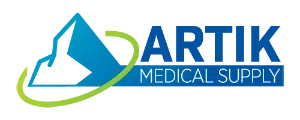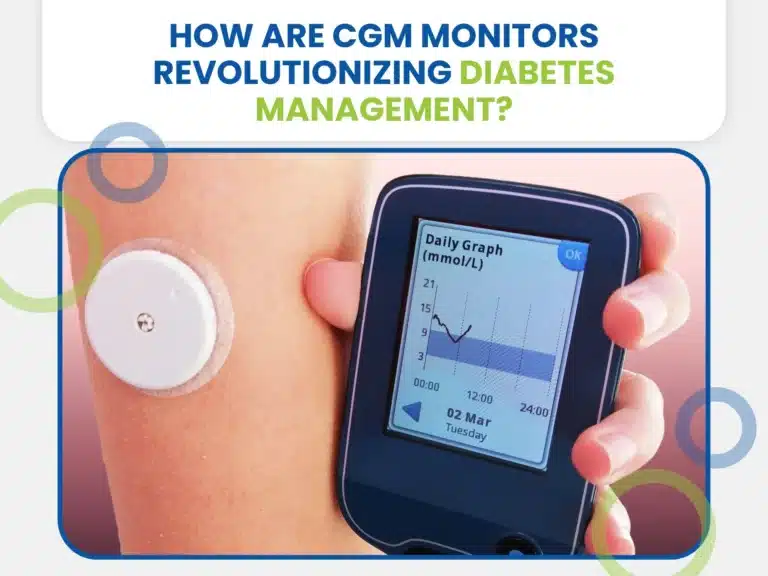
Discover the Best Quality Medical Supply at Artik Medical Supply
Are you in need of pain relief or recovering from an injury or surgery? Connect with us today to check eligibility and see how we can help.
80% Of Patients Have No Out-of-Pocket Cost

Restored Mobility
is Just A Few Steps Away!
Are you in need of pain relief, recovering from an injury or surgery? Connect with us today to check eligibility and see how we can help.
80% Of Patients Have No Out-of-Pocket Cost
Let us check your eligibility today and see If you qualify!
Get relief in a few easy steps
1. Call us direct at 888-538-4644 or Fill out the form
2. Consultation with your primary care doctor.
3. If approved, receive your medical supplies straight to your home.
Who Are We?
Artik Medical Supply provides high-quality, long-lasting medical supplies. We focus on our client’s individual needs to find the right solution for them that aligns with their primary care doctors’ guidance for their rehabilitation process.
Pain Relief | Improved Lifestyle | Rehabilitation Education
Get relief in a few easy steps
- Call us direct or Fill out the form 👉🏽
- Consultation with your primary care doctor
- If approved, receive your medical supplies straight to your home
80% Of Patients Have No Out-of-Pocket Cost
Let us check your eligibility today and see If you qualify right now!
Call us at: 888-433-9796
Why Choose Artik Medical Supply?
• Professional and personalized customer care
• Ongoing pain management education
• 100% product guarantee & 30-day return window

• Professional and personalized customer care
• Ongoing pain management education
• 100% product guarantee & 30-day return window



